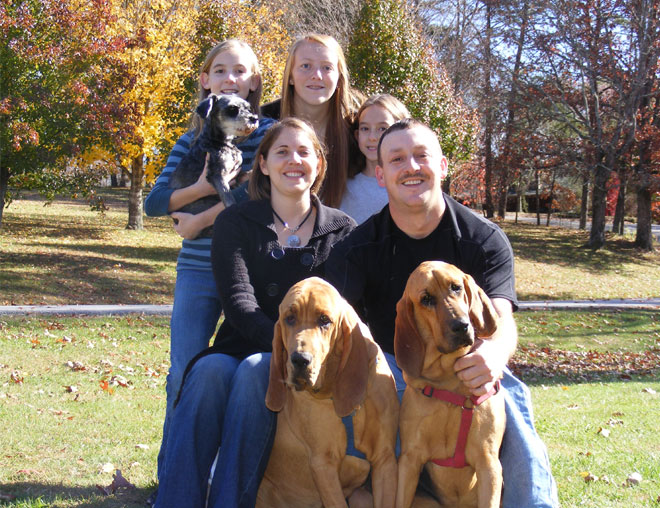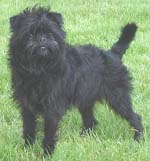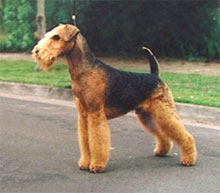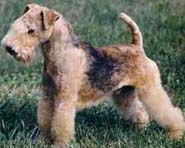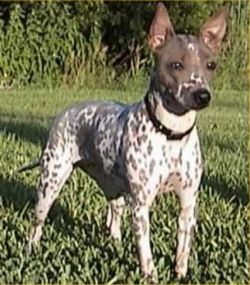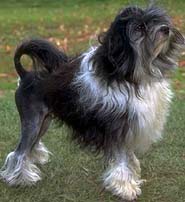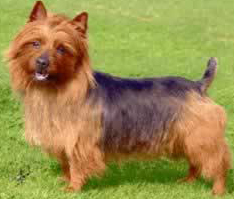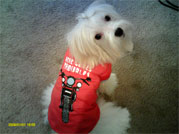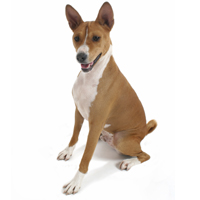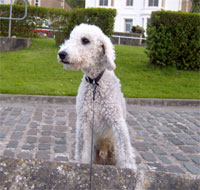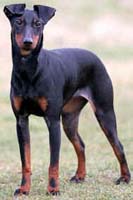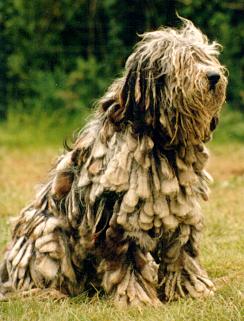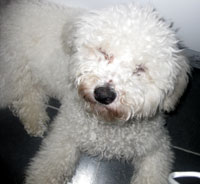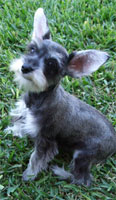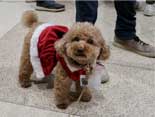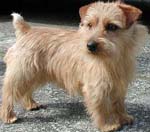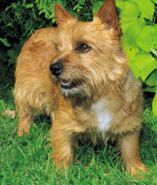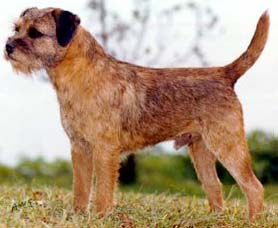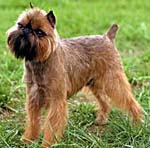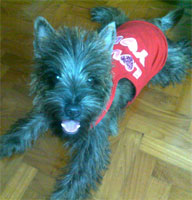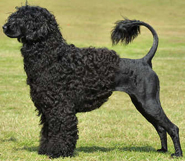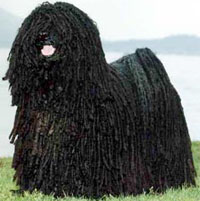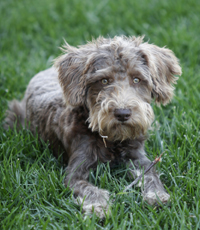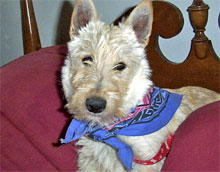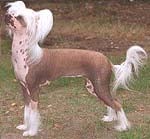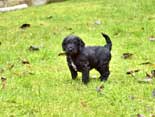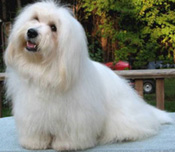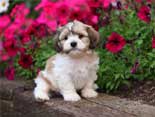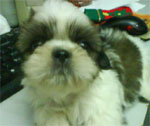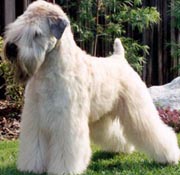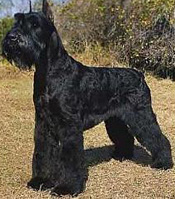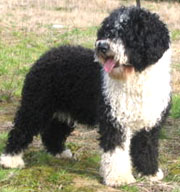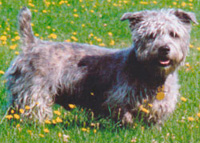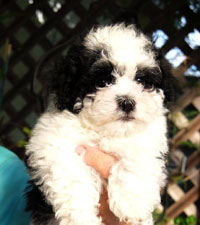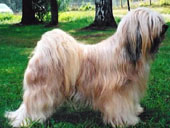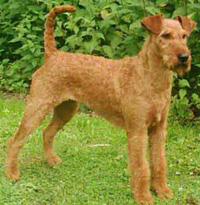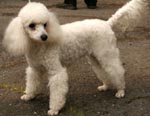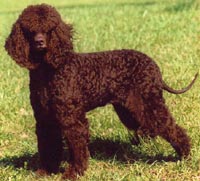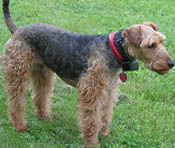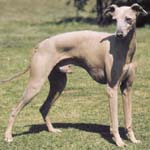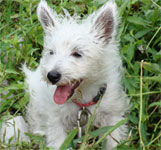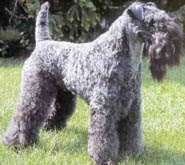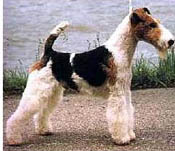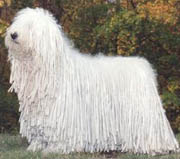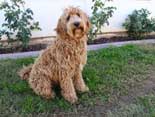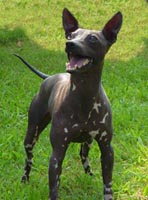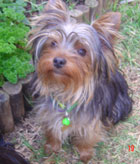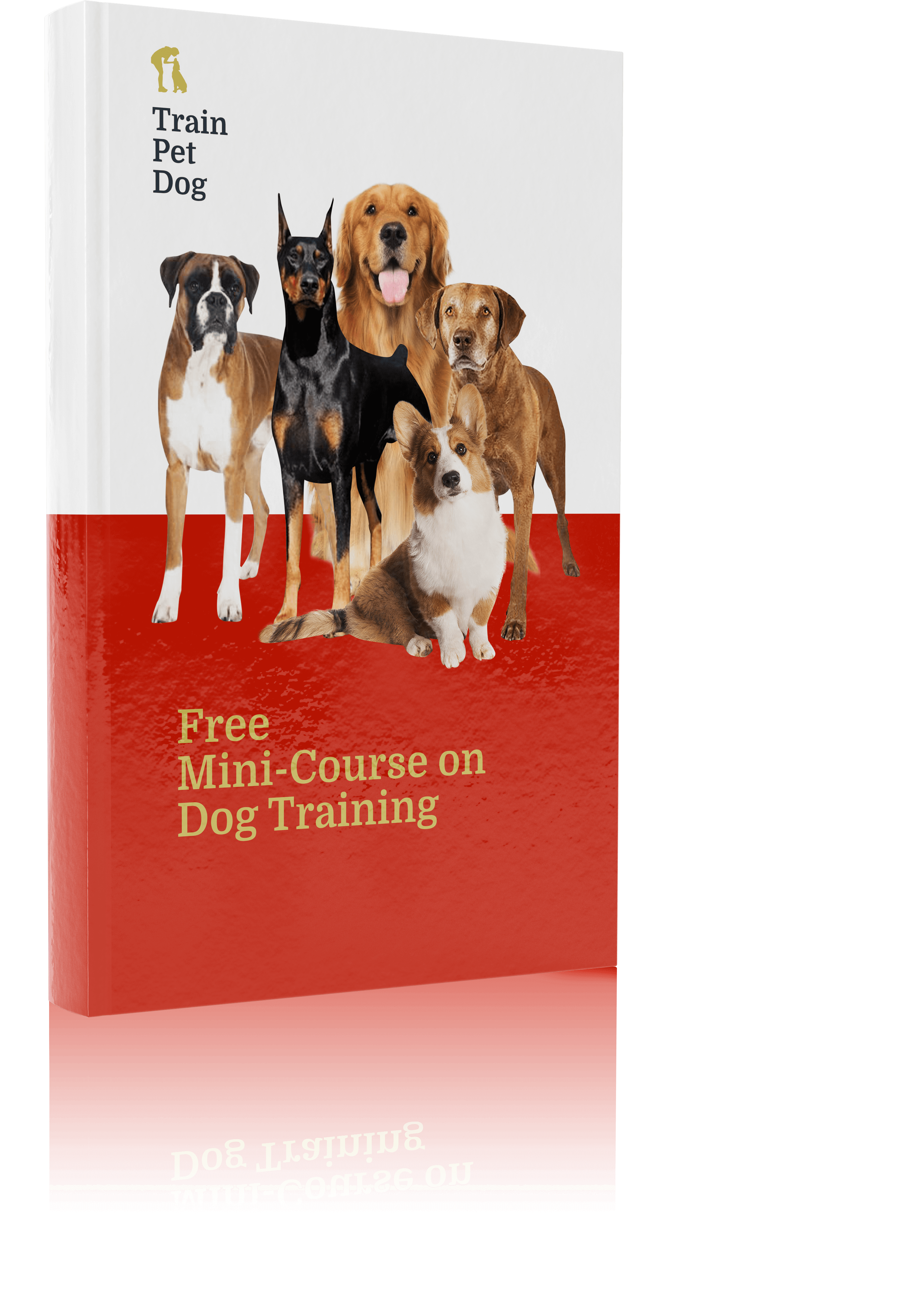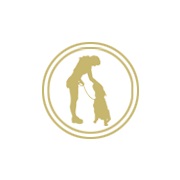Privacy Policy: Your email address is 100% safe.
We don't spam and hate it as much as you do 🙂 You can also unsubscribe from our mailing list at any time.
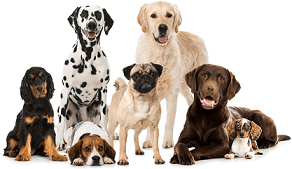
Shedding in Dogs
One of the occurrences, that all dog owners have to learn to live with, is that of their pets shedding hair periodically. Barring dogs which are completely hairless, as for instance the American Hairless Terrier, all dogs shed hair, some more profusely than others. It is a natural phenomenon involving a dog losing his old coat of hair so that a new coat can come in to replace it.
The amount of hair that a dog sheds depends very largely on his breed. For instance, there are some varieties, like the Poodles, which hardly seem to shed any hair at all while some short haired dogs cast off huge amounts. One of the reasons for dogs shedding very large quantities of hair is that they may belong to a breed that is “double coated”. This means they have an undercoat and the top layer of hair sheds more frequently and more profusely than it does with dogs with a normal layer of hair.
A common misconception amongst people is that longhaired dogs shed more hair than shorthaired ones. This may not necessarily be true as the longer strands of hair may well give the impression that the dog is shedding more while this may not factually be the case.
Then there is also the phenomenon of seasonal shedding for some breeds. Certain varieties of dogs shed their winter coats in the spring and if you are the owner of one such breed, you will have to be prepared for large-scale shedding at these times of the year.
Dog Breeds that Shed Less
If you happen to be a sufferer of allergy and want to keep a dog as pet, you would do well to select one which doesn’t shed. These non-shedding dogs are termed hypoallergenic. This term means that, unlike normal dogs, these species produce less dander and flaky dead skin and consequently, far less allergens. Allergens are what gives rise to allergies in humans. So, go in for a dog which is not “double coated”. This is more important than the length of the coat as far as shedding is concerned.
Not that you can ever get a dog that does not produce Dander at all. All dogs do. Some even shed their skin every few days. You just have to try and get a breed which sheds less.
However, be warned that dogs which do not shed heavily have to have their hair tended to much more carefully than other normal breeds. Because the hairfall is much less, the hair on his body tends to stay on for longer and therefore gets matted after a while. Hence the need for more intense grooming.
Dog Breeds that Shed Less
Problems of Shedding
Regular grooming is useful not only in the case of dogs that shed less, but for all canines. It not only prevents matting but also reduces the fall of hair. In case however, you get the impression that your dog is shedding excessively, show him to your vet. There may be some deeper problem – such as thyroid imbalance – involved.
It may seem to you sometimes that your dog is shedding all year round, instead of in the Spring and the Fall, as is usual with most dogs. You may not be far wrong actually. Dogs which mostly stay indoors have the habit of shedding hair perennially. This is because, with the insulation they get inside their house from the extreme conditions outside, their natural body regulation gets thrown off balance. So when they step outside and experience the sudden change in the weather, their body registers the same sort of change that a normal dog’s does when the temperature changes in the Spring and the Fall. Thus there is a light amount of shedding at all times of the year as they go in and out of their insulated houses.
Reducing Dog Shedding Tips and Suggestions
The best way, as we have said earlier, to prevent or at least reduce shedding is to groom your dog on a regular basis. Brush his hair with a slicker brush and you will find that less loose hair will fall on your furniture and on your floors thereafter.
Do this thorough grooming at least once a week and, apart from the slicker brush, also use a shedding comb. Pull this through his hair till you find it runs smoothly.
Two other items you will require for the purposes of Grooming are an undercoat rake and a dematting rake.
The first is used on dogs with double coats where you run this rake through his undercoat to pull out all the loose hair. The second rake is used to cut through areas where his hair has got matted. Be prepared, in this second operation, to have chunks of hair come out when you pull the dematting rake through. Do not worry as the hair that has come off is more than there should be on the dog’s body.
You might find that your dog requires time to get used to these tools. If so, you can use sticky hair-removal rolls or the remote attachment on a vacuum till he’s ready for the real thing.
Train Your Dog To Listen To You
Sign up for our Free Dog Mini Course to have a housebroken, obedient dog that happily comes to you every time you call.
You'll learn new commands to obedience-train your dog as well as how to housebreak your dog in 6 days or less.
You'll also learn how to eliminate bad habits like barking, nipping or biting, jumping, or pulling on the leash.
